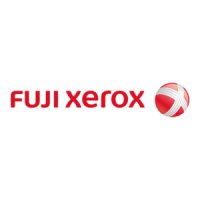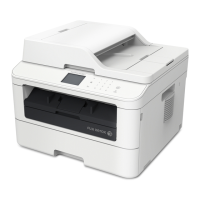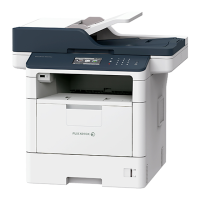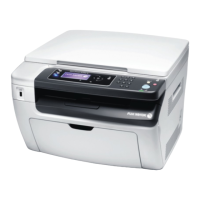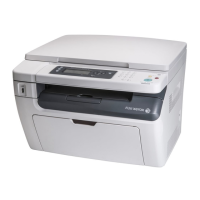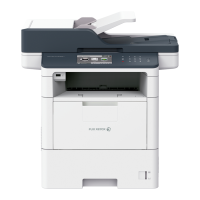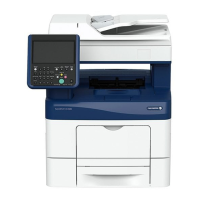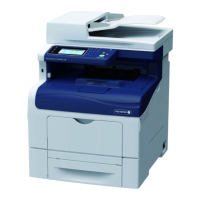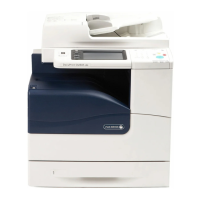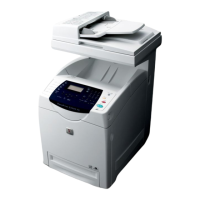394 A Appendix
• The submission, status confirmation (lpq), and cancellation (lprm) of print jobs from different
hosts which have the same IP address are processed as the same host’s request.
• Port 9100 receives a print job from single line at one time even when two Ethernet interface
lines are used.
• Setting [Protocols] > [TCP/IP] > [Obtain IPv6 DNS Server Address Automatically] is enabled
only for Ethernet 1. For Ethernet 2, Set the DNS server address manually.
• On the [Properties] tab > [Connectivity] > [Protocols] > [TCP/IP] of CentreWare Internet
Services, selecting [Enabled] for [Dynamic DNS Registration] of both Ethernet 1 and Ethernet
2 may cause the Dynamic DNS registration to fail. Select [Enabled] only for either Ethernet 1
or Ethernet 2 to use the Dynamic DNS registration feature.
• Only LPD, Port9100, SNMP and Internet Services (HTTP) ports are available for Ethernet 2
when two Ethernet interfaces are used.
• Secondary Ethernet (optional) does not support IPP and Google Cloud Print ports. Print
submission of AirPrint and Google Cloud Print via Ethernet 2 is not available.
IPv6 Connection Notes and Limitations
The following notes and limitations apply to IPv6 connections.
• In a multi-prefix environment (environment that has multiple IPv6 global addresses),
communication from the printer to an external network may fail.
• In a multi-prefix environment (environment that has multiple IPv6 global addresses),
communication is supported by an address that is not registered.
• Non-operational IPv6 addresses may be set automatically for IPv6 addresses (IPv6
automatically set addresses, IPv6 DNS server address). A non-operational IPv6 address is a site
local address (fec0::) or an address in the document creation address space (2001:db8::/32).
• IPv4 DNS information may be used when communication is performed with a device that is
assigned an FQDN while the IP mode is dual stack and DNS information is configured for both
IPv4 and IPv6.
• The address displayed as the printer's IP address may change. For example, neither the IPv4
address nor the IPv6 address is displayed and the IPv6 address contents change.
• Secure watermark does not operate correctly when printing over an IPv6 network. Run under
an IPv4 environment.
• Synchronization with a time server is not supported in an IPv6 environment. In an IPv4
environment, specify the address to the time server directly.
• IPv6 printing is supported with the following operating system versions only. Printing via IPv6
supports the following versions of the operating systems.
•Windows Vista
•Windows 7
•Windows 8
•Windows 8.1
• Windows Server 2008
• Windows Server 2008 R2
• Windows Server 2012
• Windows Server 2012 R2
• Linux distributions under which the Common Unit Printing System supports IPv6 printing.
Linux distribution that Common Unix Printing System supports IPv6 and is printable
• WINS does not support communication on an IPv6 network.
• The following restrictions apply to the printer URL specification method when using a self-
signed certificate for SSL communication.
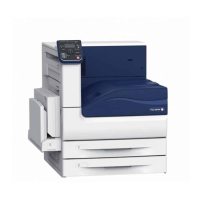
